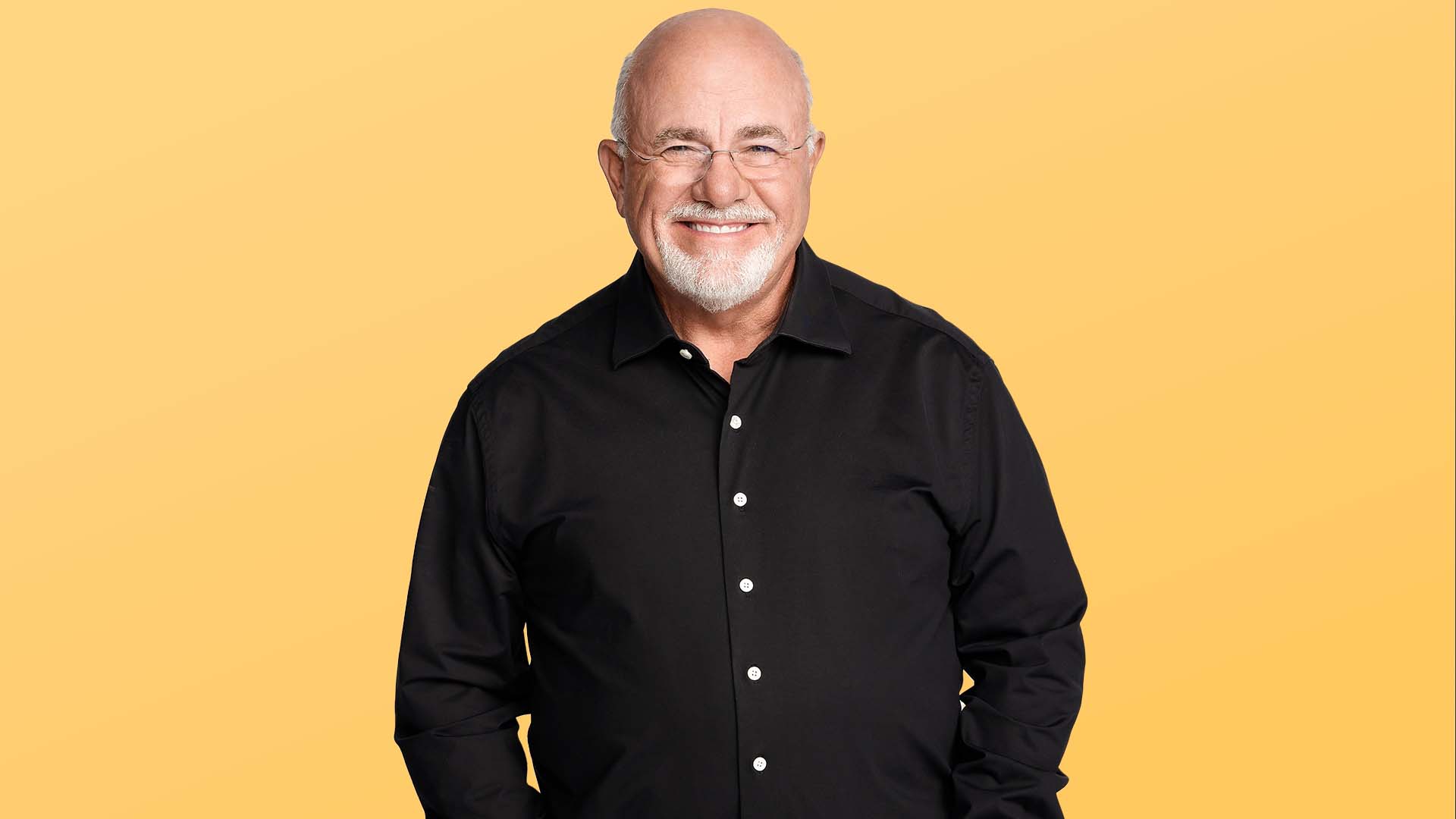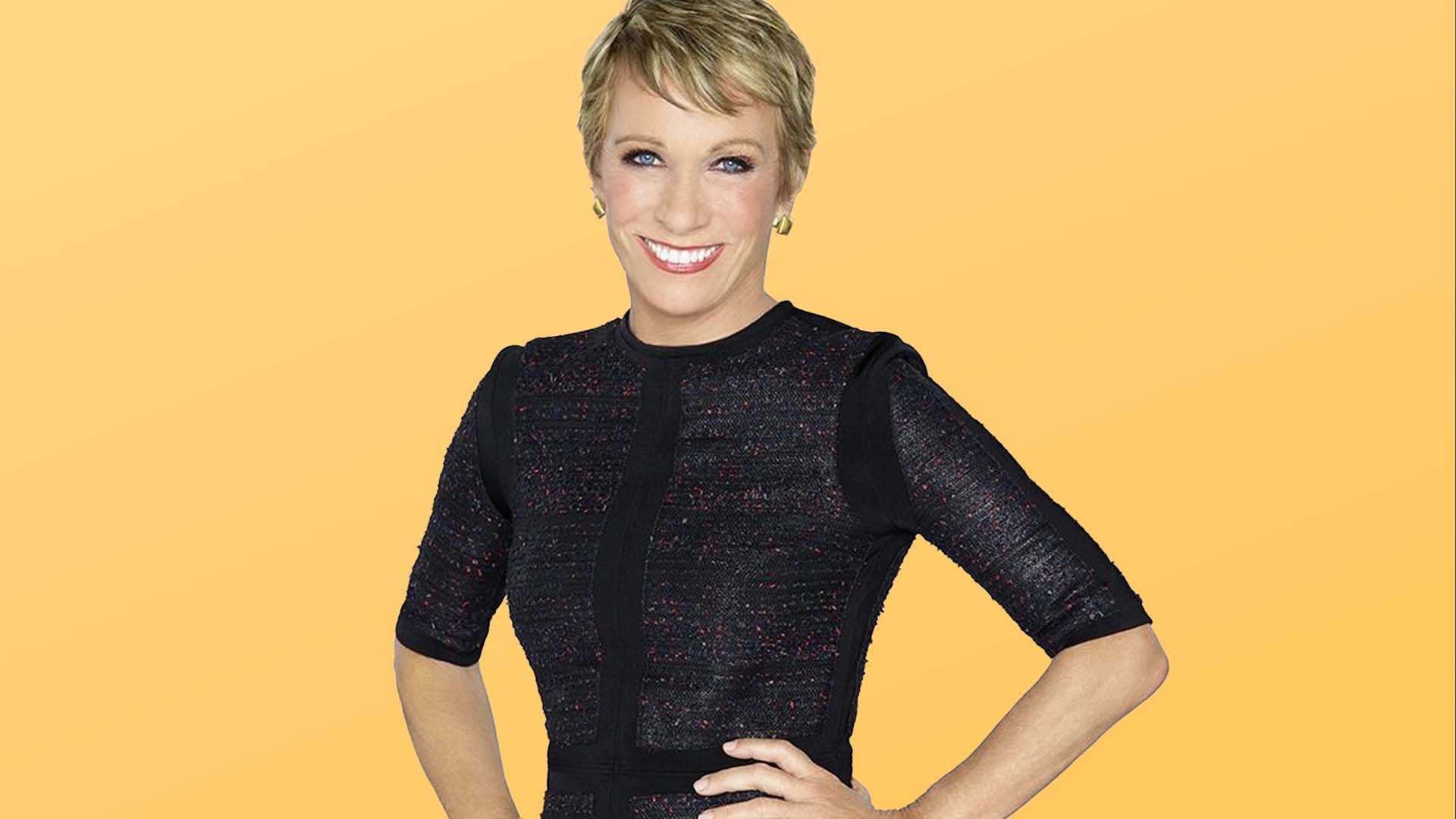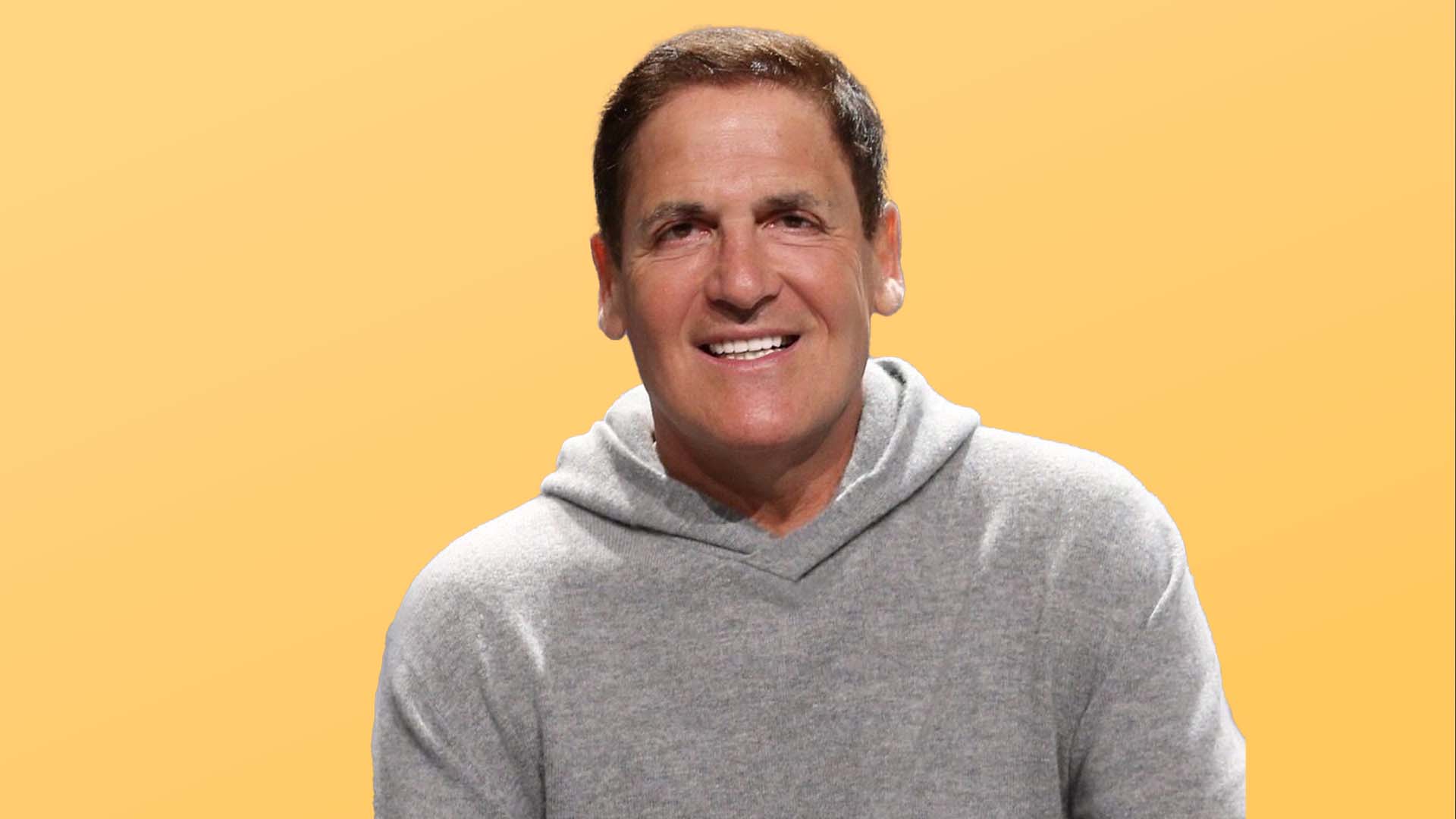4 Ways To Avoid Bank Fees and Keep More of Your Money

Commitment to Our Readers
GOBankingRates' editorial team is committed to bringing you unbiased reviews and information. We use data-driven methodologies to evaluate financial products and services - our reviews and ratings are not influenced by advertisers. You can read more about our editorial guidelines and our products and services review methodology.

20 Years
Helping You Live Richer

Reviewed
by Experts

Trusted by
Millions of Readers
You work hard for your money — to quote the great Donna Summer, “so hard, honey, honey.” Your emergency and retirement funds can vouch for your saving and budgeting skills. Your financial advisor is on speed dial, and no coupon is left unused. So why does your bank statement feel like it’s working against you?
Before you spiral into spreadsheet mode to dissect every expense, Andrea Woroch — a nationally recognized consumer finance expert, writer, and regular on-air contributor — wants you to zoom in on something else: bank fees.
Woroch spoke with GOBankingRates as part of our Top 100 Money Experts series to about how surprise bank fees can chip away at the money you specifically put in the bank to keep it safe. Here are Woroch’s top strategies to sidestep those fees and keep more of your hard-earned cash.
1. Know the Most Common Fees
Whether you’re navigating a budgeting app or simply trying to stop the drip of small charges, rule number one is: Know thy enemy.
“Where you choose to bank can impact your finances as some charge high fees which can add up quickly if you aren’t paying attention,” said Woroch. “Some of the most common bank fees include checking account maintenance fees, overdraft fees and out-of-network ATM fees.”
First, Woroch advises that you find out what the minimum balance is, to avoid monthly maintenance fees. Set up an alert that will warn you when your balance drops to near that amount, then move money to the account to bring your balance back up again.
You could also shop around for a bank that offers free checking, removing the problem altogether.
Woroch also cited those irritating ATM fees.
“ATM fees are easier to avoid as you can use digital wallets to make purchases these days,” she said. “If you need cash and can’t find an in-network ATM, head to a grocery or drugstore that offers cash back for no charge. You can then make a small purchase using your debit card and request money back from the cashier without paying high fees to access your cash.”
2. Say Sayonara to Overdraft Fees With Proper Planning
Let’s be real: overdraft fees are among the most frustrating — and avoidable — charges out there. But you do have some clear ways of protecting yourself from these fees, if you’re willing to put in some planning.
“Set up alerts when your balance has dropped below a certain amount,” said Woroch. “Rather than waiting for your balance to drop below zero and get hit with an overdraft or insufficient funds fee, this will give you time to move money into the account or to pause purchases.”
She also advises linking a savings account to your checking account so your bank can transfer money if your account is overdrawn. While this approach can help you avoid overdraft fees, Woroch warns this method can stall your savings if used too often, so use it cautiously.
3. Budget Your Way Out of Fees
You’ve heard it before: an ounce of prevention is worth a pound of cure — and that’s true for bank fees, too.
“Using the zero-based budget is a great way to ensure you know exactly where all your money is going and how much you have to spend on various purchases,” Woroch said. “This will keep you from overspending and overdrafting your bank account in the first place.”
Once your budget is in place, track your bank balance regularly. Woroch recommends using apps like YNAB (You Need a Budget) or PocketGuard, which help you build a zero-based budget and monitor multiple accounts from one dashboard.
4. Choose a Better Bank
Banking fine print isn’t exactly the most stimulating reading, but it can save you real money. Woroch encourages you to review the terms of any account you’re considering — and not just the headline benefits.
“Look out for potential fees and how they’re charged so there are no surprises,” she said.
Many banks — especially digital banks — have reduced or outright eliminated fees thanks to lower overhead costs. According to Woroch, credit unions also tend to offer lower checking account fees and higher interest rates on savings, making them worth a look.
“Some banks even offer debit cards with no ATM fees, making it easier to get your money without running up charges,” she said.
And when it comes to savings accounts, don’t just stick with your primary bank.
“Most traditional banks offer an average of 0.46% APY, while high-yield online savings accounts are paying over 4% interest these days,” Woroch said. “That means your savings makes money for you.”
Just be sure to check for minimum deposit requirements and monthly transaction limits before opening an account.
Bottom Line
Nobody wants bank fees eating into their hard-earned cash. But with a little planning, budgeting, and a willingness to shop around, you can protect yourself from the most common charges and keep more of what you earn.
This article is part of GOBankingRates’ Top 100 Money Experts series, where we spotlight expert answers to the biggest financial questions Americans are asking. Have a question of your own? Share it on our hub — and you’ll be entered for a chance to win $500.
 Written by
Written by  Edited by
Edited by  Money Expert
Money Expert 







































































































